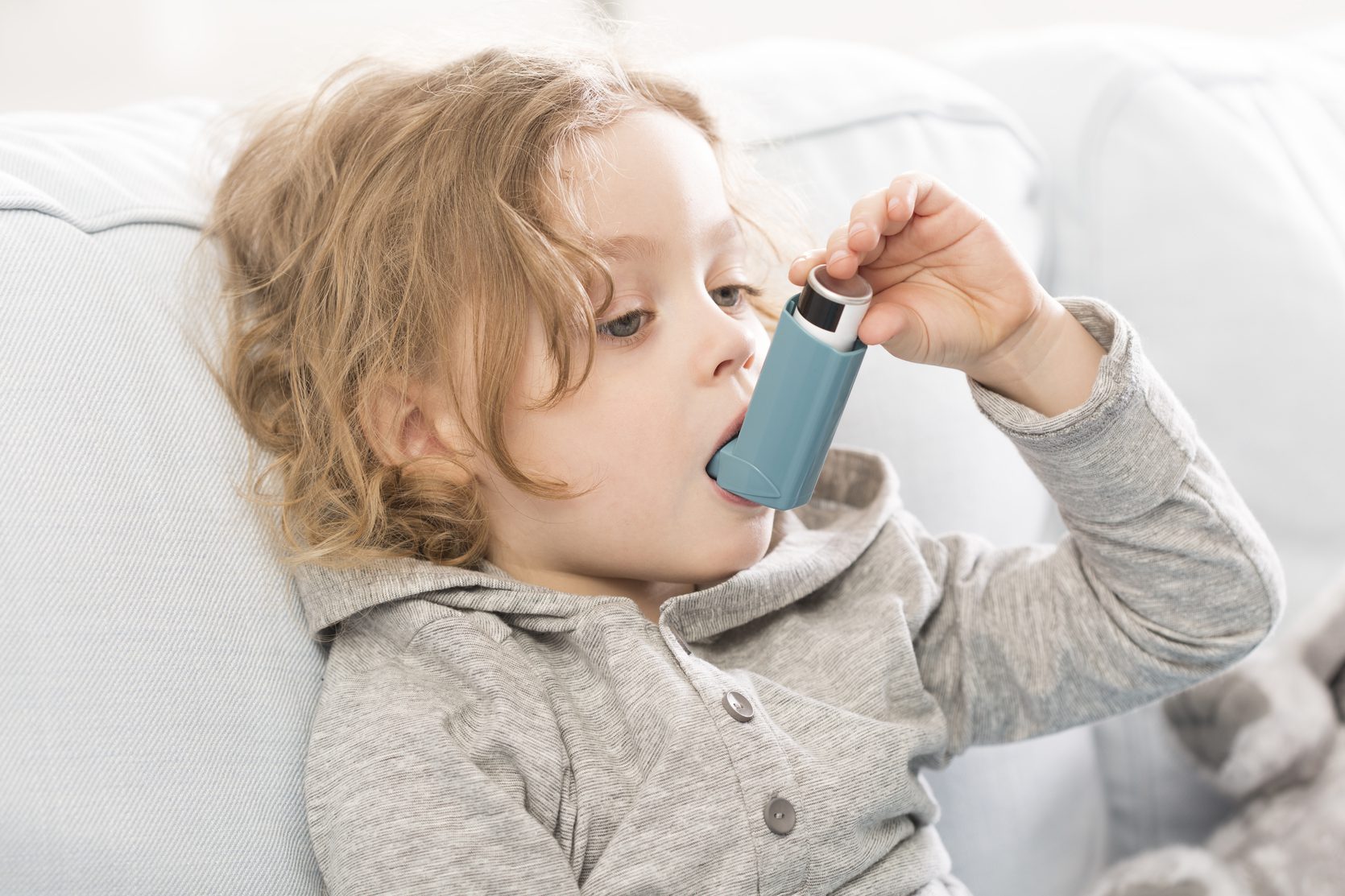Updated on June 29, 2018.
Nearly 235 million people worldwide are affected by asthma, a disease of the lungs in which the airways become blocked or narrowed causing breathing difficulty. While asthma affects people of all ages, those most affected by the disease in Canada are children.
More than 600,000 Canadian children under the age of 12 suffer from asthma. It’s the most common chronic health condition among children and the leading cause of absenteeism from school.
One of the most common triggers of asthma is breathing in air pollutants. Outdoor air pollutants such as emissions from coal-fired power plants led to 20,781 asthma episodes in Canada in 2014. Canada’s weak regulations allow for coal-fired power plants to pollute our environment until they’re 50-years-old. This means that Canada may still be burning coal for electricity until 2060. Asthma Canada estimates that an accelerated phase-out of coal power across Canada between now and 2030 will translate in the avoidance of approximately 80,000 asthma episodes.
Rising evidence points to the fact that outdoor air pollutants isn’t the only source of air pollution that impacts asthma. Exposure to indoor air pollutants also causes irritation to the lungs and can lead to the development and exacerbation of asthma. Therefore, the quality of the air children breathe at home, in school, and outdoors is critical to their overall health.
Here are a few common sources of harmful indoor air pollutants linked to asthma:
Fragrances: Scented air fresheners, candles, perfumes, colognes, and other scented products often contain harmful chemicals called phthalates. Exposure to these chemicals may trigger nasal congestion and sneezing. Scientific evidence also points to that fact that phthalate exposure in moms during pregnancy increases the chances of developing asthma in children.
Cleaning products: Products such as bleach, glass cleaners, and detergents emit chemicals known as volatile organic compounds (VOCs) that can exacerbate asthma-related symptoms. In 2015, we tested the homes of 14 Canadians and found that, for the nine homes where conventional cleaners were used, total VOCs increased by an average of 120 per cent. Even for the homes cleaned with products that made “green claims” on the label, total VOCs averaged 100 per cent.
Consumer products have become a major source of exposure to harmful chemicals among Canadians. Our two-decade old toxics law has failed to keep up with the science and to protect people from toxics that lurk in products such as cosmetics, cleaning products and furniture. (Take action here: environmentaldefence.ca/toxics)
That’s why we’re working hard to ensure that the government takes the right steps to update our main environmental law, the Canadian Environmental Protection Act (CEPA), to help prevent some of the most common chronic health conditions that affect Canadians including asthma, ADHD, and autism. You can support our work as well by donating today:










